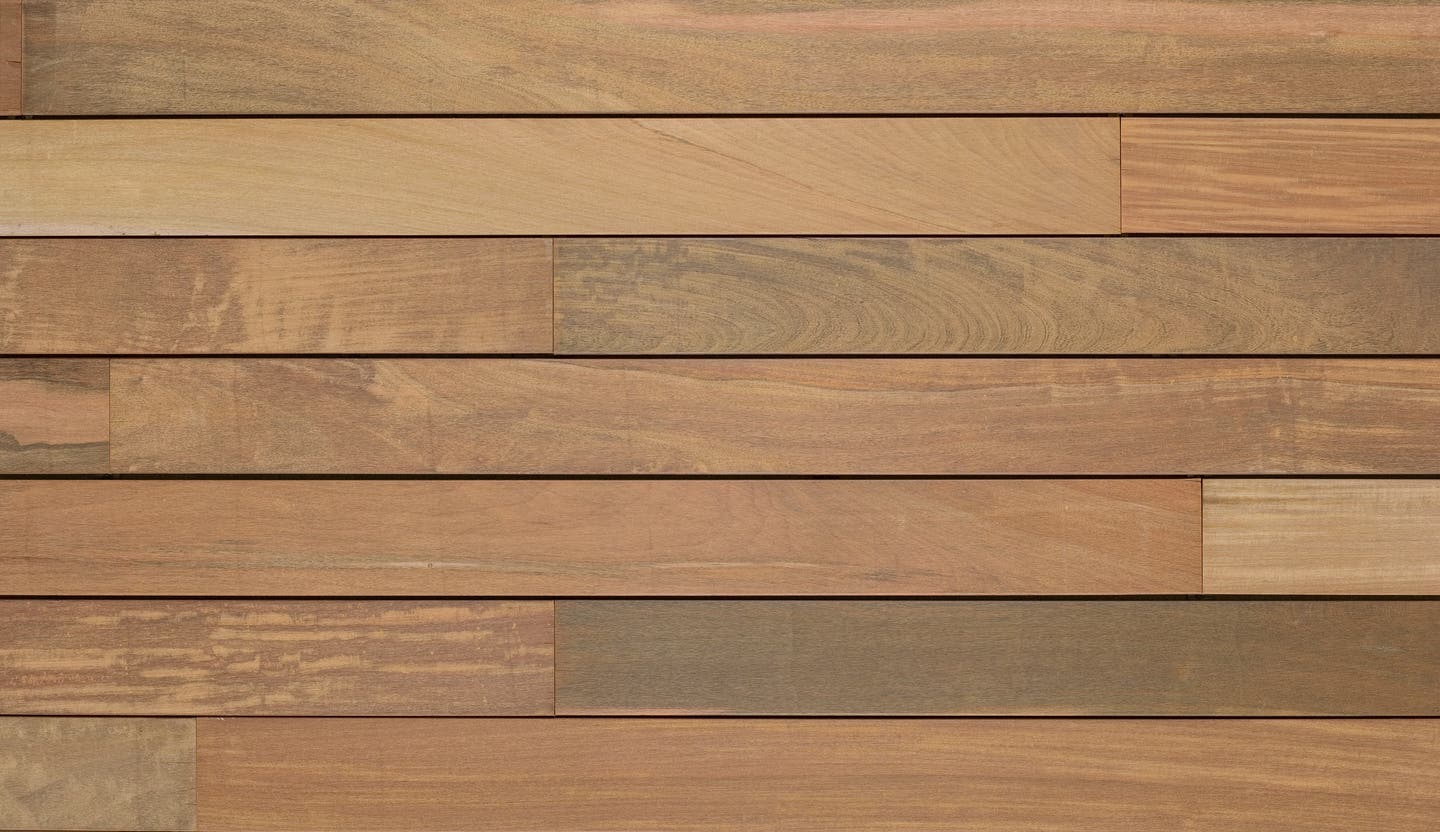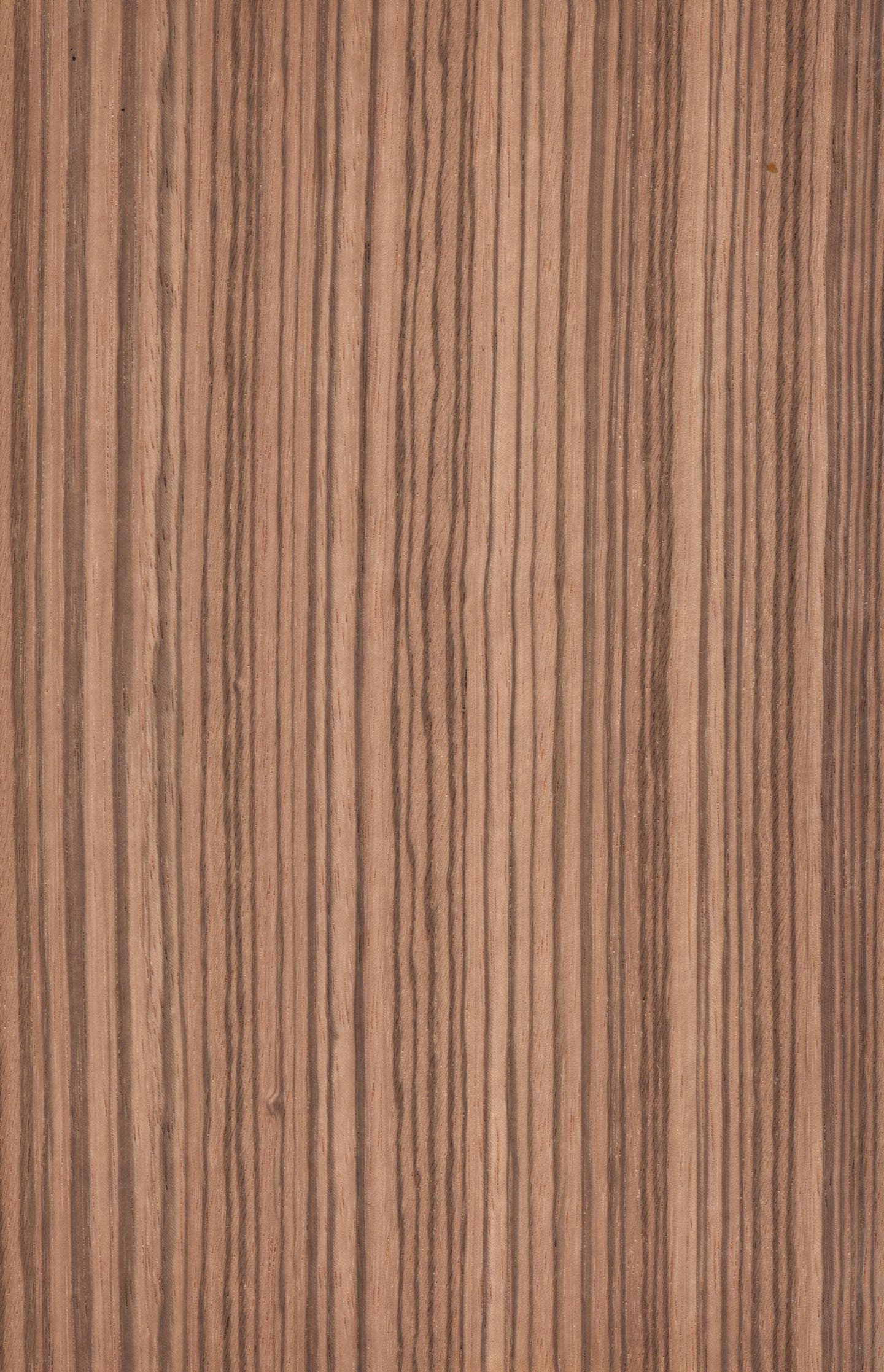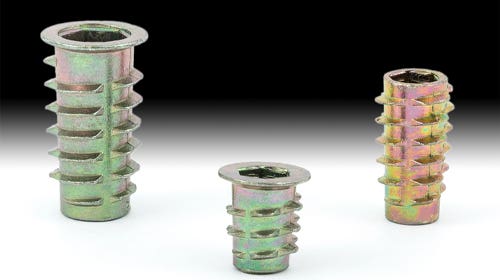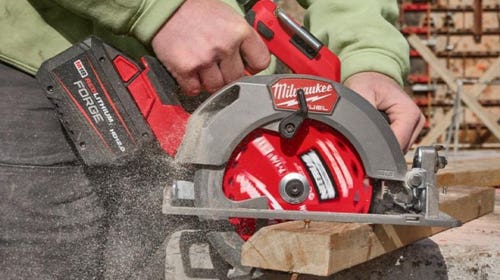Regulations tighten exotic market
Exotic wood supply tightens due to CITES regulations and demand.
Supplies of exotic wood species are generally readily available in retail and commercial markets in the U.S., but consumers should be aware of regulations with CITES (Conference of International Trade in Endangered Species and Wild Fauna and Flora) and economic factors that will affect the product sector in the near future, according to suppliers interviewed by Woodshop News.
“Right now, [exotics] are a very tight market overall,” says Fabs Corte of Cormark International in Weaverville, N.C. “It’s hard to say if this is trending or that it’s not trending. When we look at the Covid years, compared to where we are now, there’s been a lot of retracting. A lot of people aren’t spending the money.


“I can’t say there’s really any species that’s standing out or going gangbusters. I think volumes overall on everything are down. There are obviously more and more regulations coming in. I know some of the South American ones, like ipé and cumaru, have just moved to CITES, and that’s going to change all of that importation. And ipé being a really big commodity wood, which is widely used, it’s going to really affect that market, especially on decking and things like that.”
Zebrawood is also very difficult to get these days.
“It’s not even a national shortage, there’s a global shortage with zebrawood. Right back to the mills. No one's got logs. We just can’t find any zebrawood around which is crazy. I know zebrawood has never been a big volume seller because it’s quite a pricey wood, but it’s just tightened up a lot,” says Corte.
CITES works to facilitate biologically sustainable trade and approximately every two to three years, a meeting of the Conference of the Parties is held to consider proposed changes to CITES Appendices and make decisions about implementing and enforcing CITES provisions. Dave Norman, of Parkerville Wood Products in Manchester, Conn., recommends buyers keep tabs on CITES’ activity.
“There are a lot of exotic woods that come out of the rainforests, and lot of them are not the most green-friendly. It’s just the way it is. So ipé, for instance, one of the leading ones for tropical decking, is getting a little harder to get because they’re putting pressure on it with the CITES list.
“When popular woods like that go on those lists, it’s harder for those countries to export it, so there are less mills that deal with it. It throws supply and demand out of whack, which means when it starts coming into the country, it’s harder to get, because it’s pricey, so some of these exotics are limited. There’s not tons and tons of it out there.”
Norman advises woodworkers to be prudent in planning their projects using exotic species, since sellers can’t promise availability.
"You can’t be picky,” he adds. “It’s not like buying walnut or oak where you get to start demanding the thickness, the widths, the lengths, when it becomes available, and when you can buy it.
“I just had a big engineering flooring company hit me up for 5,000 board feet of 4/4 zebrawood and they’ve been calling everyone and can't find it. You’ve got to be careful what you’re promising the customers. It’s one thing if you’re playing with charcuterie boards and that kind of thing, but if you promise something big and you can’t get it, that’s another thing.”
This article was originally published in the December 2024 issue.







